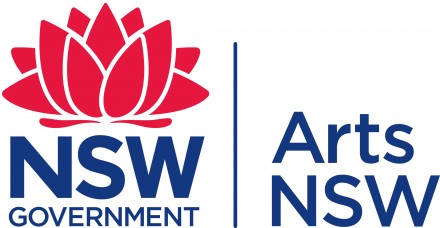KL: This dyad, or this conjunction of the melancholic and the ironic, it’s a little allegorical scene. It’s a primal scene, isn’t it? And often, I think you are in that sort of territory, but to say, there’s always this lightness which is coded in the bubbles and a lightness at risk, that is going to burst, ‘“Oh no”’. There’s this risky lightness or the lightness that lasts but has a kind of miraculous quality. It has magic. It becomes a little epitome or allegory of how you often write short poems but try to avoid the risk of being sententious or being too heavy-handed.
I think ‘comfy as hell,’ is another example that expresses a kind of lookout; don’t get too ‘snoozy’ with this. You don’t need to know everything happening because these shifts and movements will occur. It’s also a picture of movement. It has that tableau-vivant kind of character, and I know that’s something that’s often talked about as a concern in your work. I haven’t entirely worked out how to deal with this, but as soon as I start to think of any aspect of a poem or your work, another aspect comes rushing in because it’s constantly happening. And at the same time, there’s all in these bubbles, compressed, lightly made … to come to the word ‘figure’ in your book, Go Figure, it’s not just about this poem, not just about bubbles, how bubbles are, but the blowing bubbles, the making of bubbles.
RA: I see your metaphor. I see where you’re going.
KL: Well, it’s yours [laughs].
RA: But you’re making the metaphor that the poems themselves are like these, especially if they’re short, are like these bubbles.
KL: Yes, that’s right. And it’s called ‘Child’s Play,’ you know, there’s this sense of serious play in your work generally and light juggling but also the bubbling, the bubbling of things. I think somewhere in an interview, you talk about your interest in physics and, you know, I understand nothing of physics, but I can get at it metaphorically. This sense of a rumbling or something going on means that poetry is an excellent vehicle – that poetry can also get things going. It can recognise things happening but also do its stuff to get it happening. ‘Go figure.’
Are your twin granddaughters identical twins?
RA: I don’t know for sure because they look alike. Pretty much. I can tell them apart, but they look alike but weren’t tested at birth. And they had different placentas. So, it’s an open question.
KL: Well, that’s perfect.
RA: But they do look a lot alike.
KL: It leads me onto the poem that follows ‘Child’s Play’ that you read, ‘Escape Velocity,’ which ends: ‘But here we are, / comfy as hell’ and goes further into this question of mirror imaging, doubling, and echoing. It’s so powerfully present, indeed, in the whole book and in your work generally. In ‘Escape Velocity,’ you start with a description, an imagistic description of the lilac’s leaves:
split down the middle as we are— mirror-image at the core— matter and its opposite number, bad actors both. Can't handle intimacy
There’s so much going on in those lines, and I guess coming back to emotion, we associate lyrics with intimacy. That’s characteristic of the lyric as intimate and its ‘I/you’ mode. But in your work – I’m sure somebody has called them ‘meta lyrics.’
RA: I don’t know if anyone has used that term, but someone has called them anti-lyrics.
KL: I don’t think they’re anti-lyrics at all. Though they may have aspects of that, they’re always meta. This is very much John Ashbery’s approach, producing a different kind of intimacy. It’s not the enemy of intimacy.
RA: No, you always want to have it both ways.
KL: Yes, and you do, a sort of thoughtful intimacy or a thinking about intimacy, a ‘thinky’ intimacy.
RA: I like how you phrased it first. You were talking about the bilateral symmetry of the leaves, and of course, there’s a seam down the middle. I’m thinking of lilac leaves, but many leaves are this way, with the seam down the centre, and then there are mirror-image sides. It’s like matter and anti-matter, you know. They also have that kind of mirror image symmetry where one atom has a positive charge, the other has a negative charge, and as you’ve probably heard, if two atoms – one matter and one anti-matter – come together, they mutually self-destruct. So that’s a negative bilateral symmetry. There’s a positive one in lilacs, maybe. I haven’t thought about this before, but I’m just riffing now that you brought it up – from plants to matter anti-matter and then to people. I don’t know whether these people, this ‘we’ in the poem, are a couple sitting on the couch or maybe twins – or just a civic population tearing itself apart. But that’s what I was thinking.
KL: Yes, I’m thinking of the two-page spread as a kind of bilateral symmetry, and your poems tend to be in these columns that mirror each other very closely, not identically, but you often do turn the page and get sort of lookalike poems in front of you. That takes me to the material you’re working with in ‘Forests’ and the grotto of letter clusters like:
grove of T's. Do I believe There’s safety in numbers, in number?
This precisely achieves the shift from ‘in numbers’ to ‘in number.’ There’s double space between those lines and in the second, the repeated ‘in number,’ or almost repeated, there’s an ‘s’ dropped, and there’s a question mark added – that too is very characteristic. And that comes just before one of your little breaks, which you mark with an underscoring.









